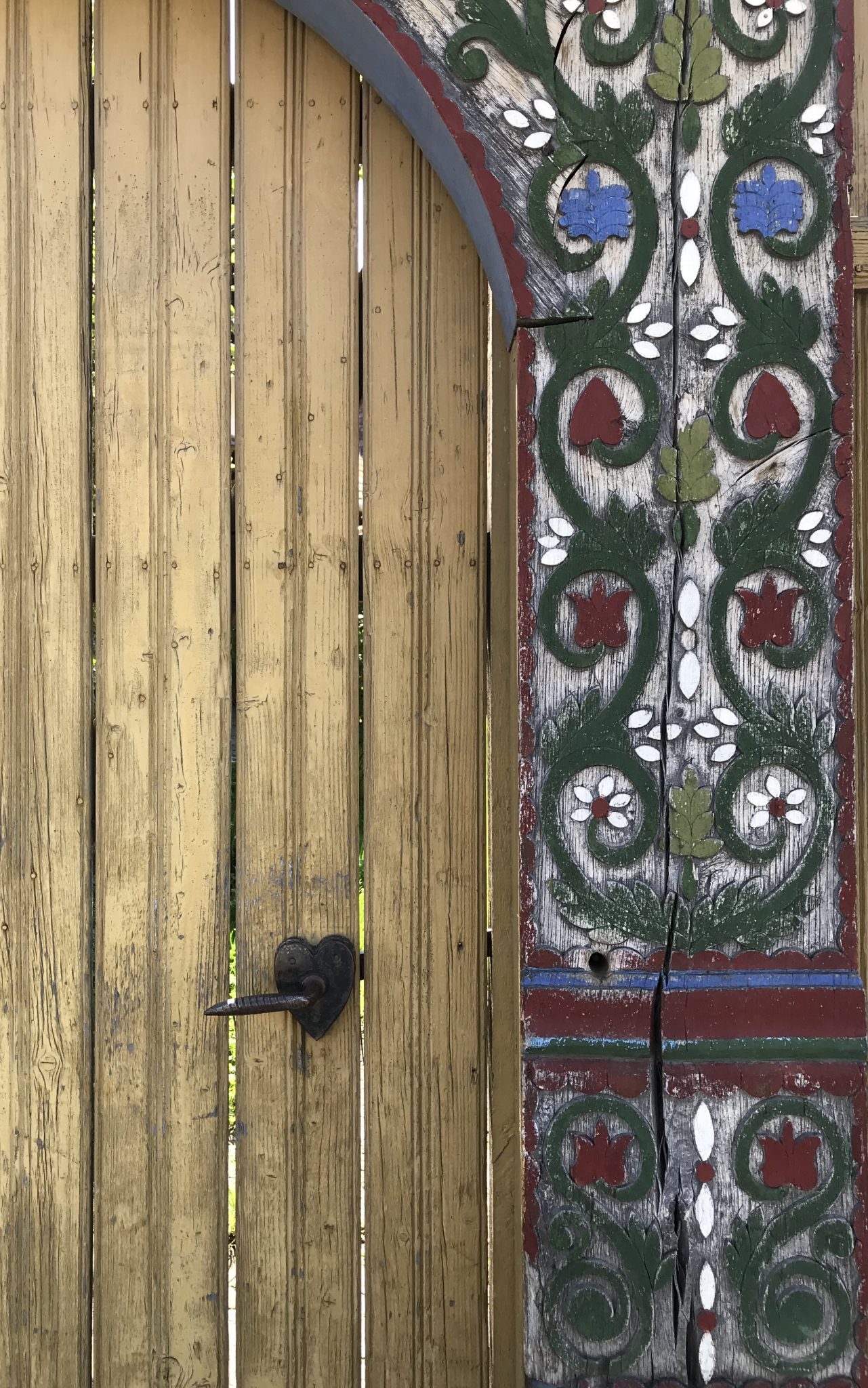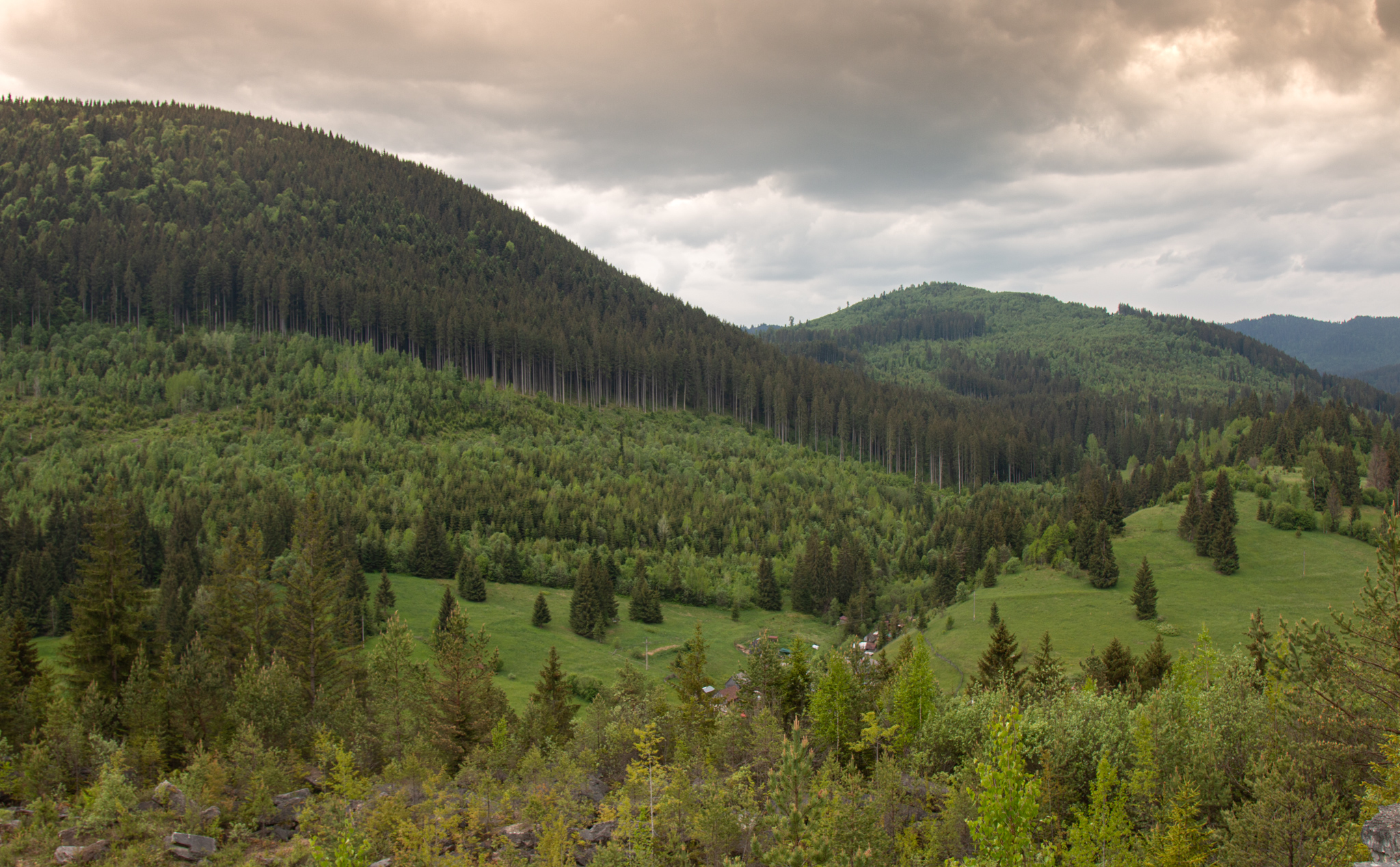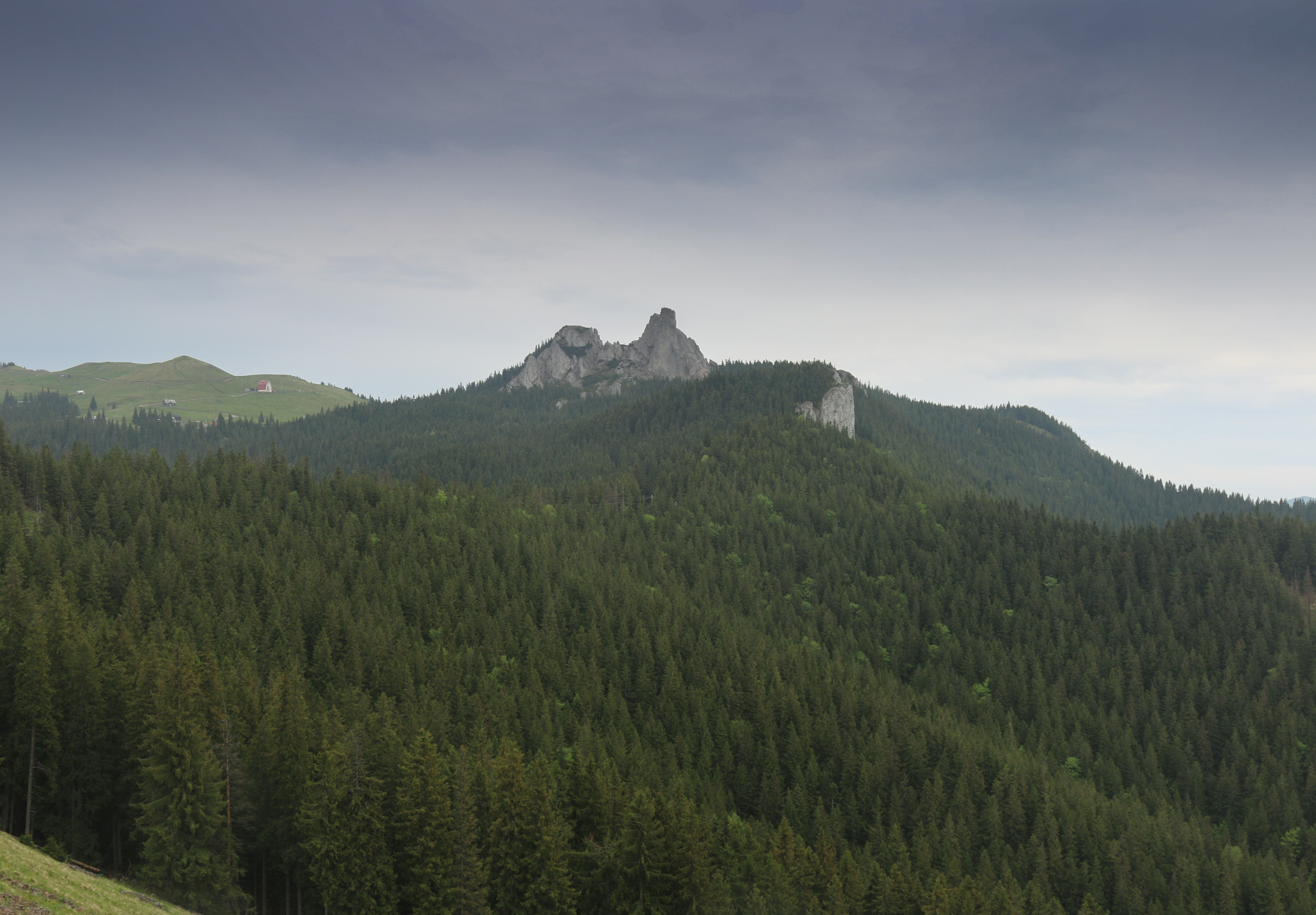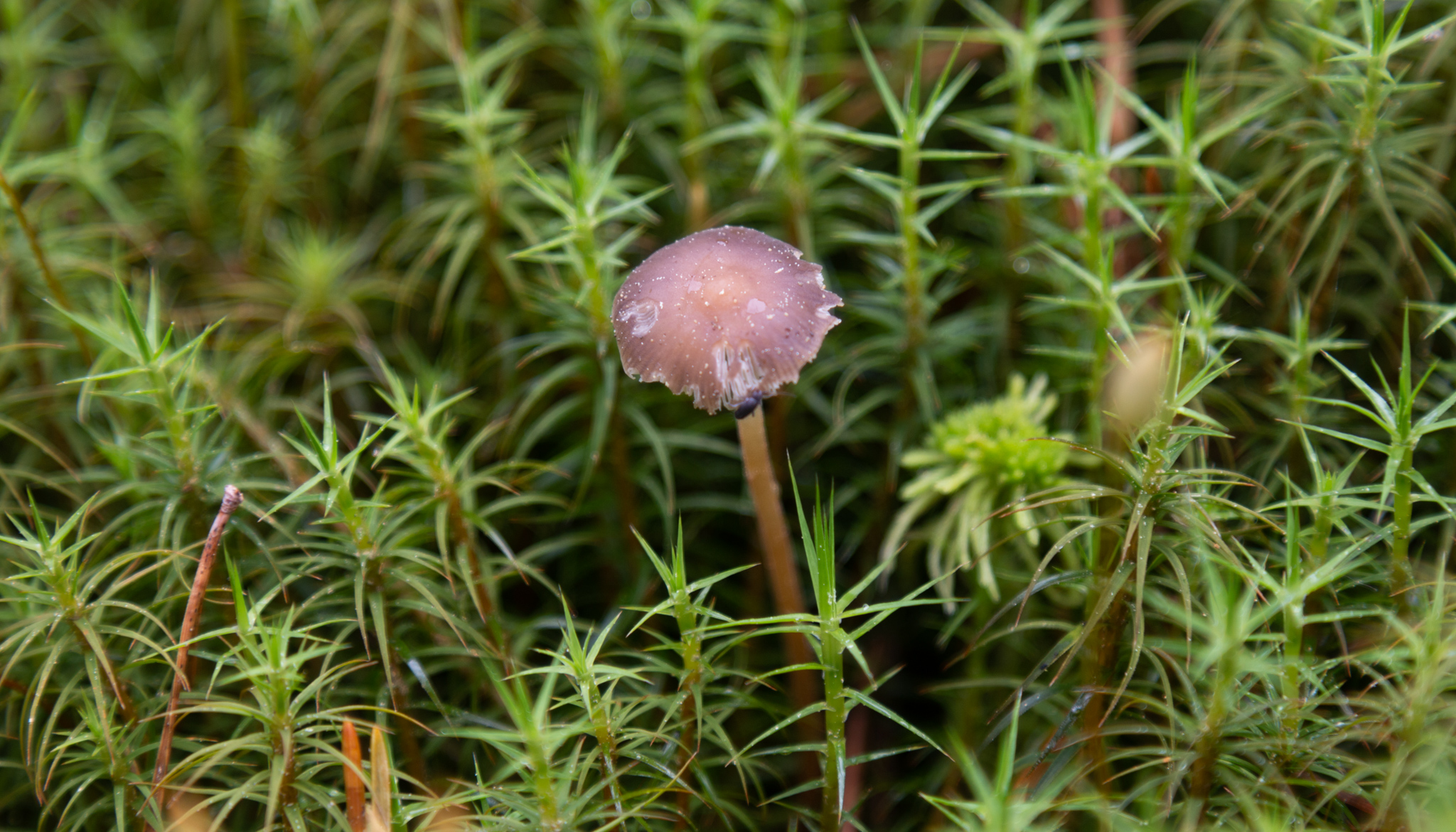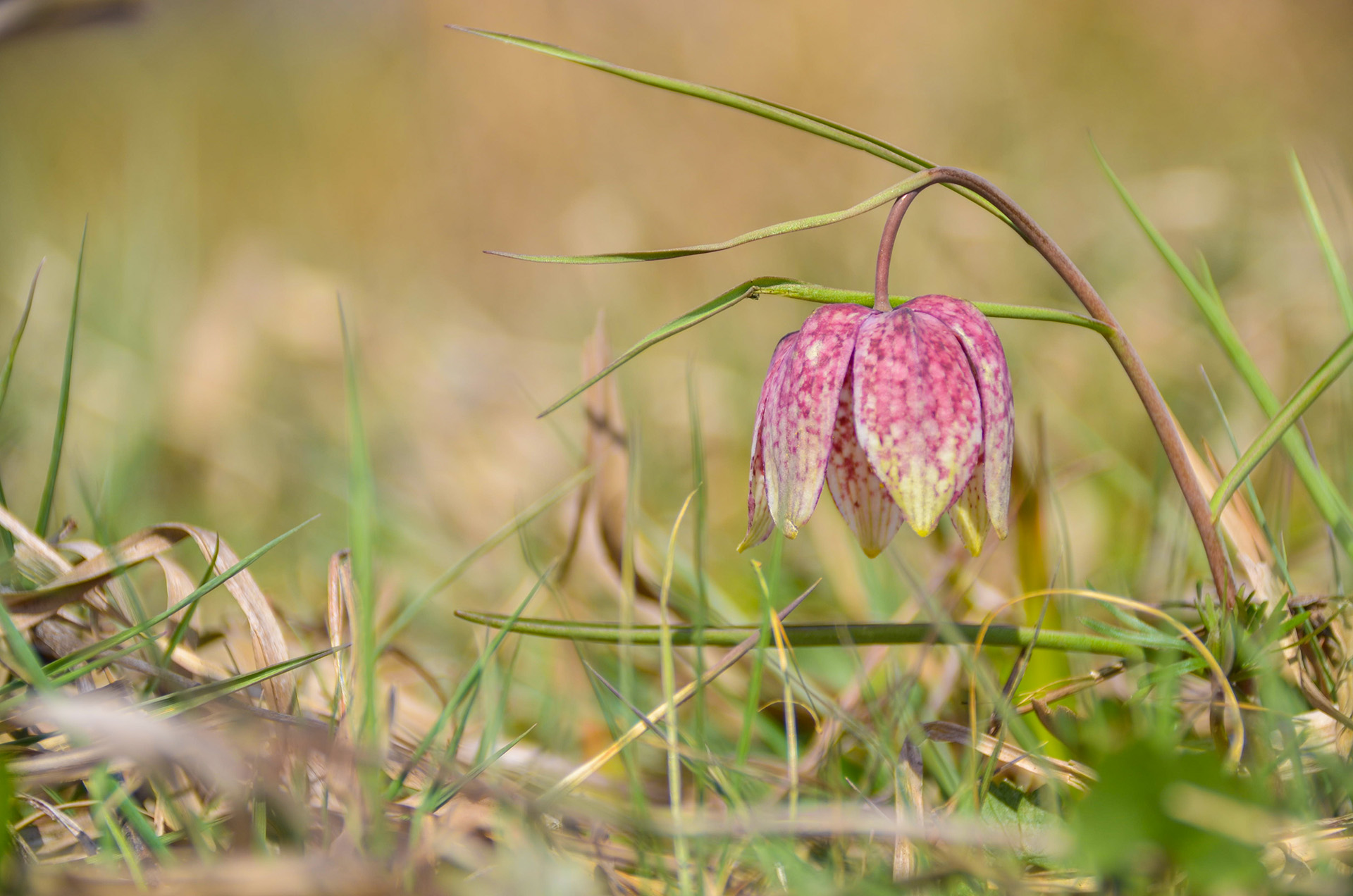Nature develops harmoniously as long as it is in balance, isn’t she?
She establishes this on her own through sometimes extremely ingenious and delicate mechanisms, and man has a great responsibility in maintaining the natural balance, depending on how human society understands to protect its living environment, to respect the simple but very clear and solid principles of nature.
We strongly believe that by practicing civilized and well-coordinated tourism, these protected areas can contribute to the development of economic activities so necessary for local communities. It is important to understand the needs and how they should be protected by the locals, in the idea of their sustainable management and respect for nature. It remains only as maturity and good judgment of the locals to agree with the idea of protecting these riches that nature has made available to all of us.
Below you’ll find our raw and fresh opinions about what we’ve seen along our info trip, revealing the places exactly as they are.
Our trip starts with a pleasant car drive from Brasov to Harghita county where the calm and well-taken care Icelandic horses are waiting for us. They always make us want to explore on the saddle all the surrounding meadows and hills.
Passing through Bradesti commune, some of their gates get our attention, so we stop to take some pictures and talk to the locals.
We found that the Szekler gates were declared monuments of popular architecture of national interest, and they are considered the fundamental identity of the Szeklers, preserving many centuries-old of valuable traditions.
Painted in vivid colors, the main symbol carved on the Szekler gate is the tulip, to which other floral or geometric motifs are added.
On our way to Borsec, also known as the ‘Pearl of the Carpathians”, northwest of Harghita county, we stop at Zetea Dam.
In Borsec are over 15 natural carbonated mineral water springs, among them, there are 5 springs whose water is bottled.
The spring water is very beneficial, mainly for the circulatory system, various kidney diseases, endocrine disorders, diabetes, and others. One can make internal cures through direct consumption of mineral water, hydrotherapy massages, electrotherapy. Borsec received the status of a spa town in 1953, being among the most common and popular in Central and Eastern Europe.
Over the years, the indifference of the authorities has made its mark and today the resort looks like a ghost town. Local authorities are struggling to restore the spa on the map of national important resorts.
Our favorite things to do in this area were the peaceful walk in the Fairies Garden, the tiny foot bath (where we put in for a few minutes our feet), and the spectacular trail offered by the Bear’s Cave.
In the restoration project in 2009, have been achieved several objectives such as a mineral water pool, foot baths, changing rooms, deck chairs. Since then, these baths have enjoyed great success among visitors, being used for different cures and therapies.
The Bear’s Cave, a canyon between two stone walls, offers impressive views. It is a karst formation represented by an ensemble of deep and narrow corridors, hollows and small caves, formed by the natural erosion of limestone under the action of waters. The cave received its name after 140 cave bear skeletons were discovered on the site in 1983.
We recommend these trails if you’re looking to spend the day in nature, but if you are interested in observing bears in their natural habitat, we got you covered with a bear watching tour.
Our conversation during the car ride takes us to the conclusion that traditions matter, they represent a critical piece of our culture, they help form the structure and foundation of our families and our society. They remind us that we are part of a history that defines our past, shapes who we are today and who we are likely to become. Once we ignore the meaning of our traditions, we’re in danger of damaging the underpinning of our identity.
Having these thoughts in our minds, we stop in the village of Ciocanesti, witch is documented around the 1400s. It all started a long time ago from Leontina Taran, a woman from the village, who came up with the idea to decorate the house with the models of the traditional clothes. We had the chance to talk to her in person in the previous visits here. The story goes that she spoke with the most skilled painter in the village, and the models were applied to the walls of her house. From here the other inhabitants also started to paint their houses in the same way, with the beautiful and varied models from the folk costume.
The village also has a Museum of Decorated Eggs, with three collections that have over 1800 exhibits of rare value. The biggest and hardest eggs are turned into real masterpieces of intricate patterns in green, red, blue, black, and yellow.
This craft of egg-laying is also a source of income for many families from the village. To make sure that the tradition will be carried on, the local authorities have set up an egg school and a weaving workshop in the museum. Tourists who want to learn this craft can also come to the egg decorating workshop, and a children’s camp is organized in the summer.
We drive further on, in between the raindrops on a spectacular road.
The Transrarau (called also the Treasure Road), with a length of 28 km, crosses the Rarau mountains from Suceava county, rises to an altitude of 1400 meters, and connects Pojorata (Valea Moldovei) and Chiril (Valea Bistritei). You can enjoy the beautiful landscapes offered by the Giumalau Mountains, Pietrele Doamnei, the Adam and Eve peaks that are located on both sides of the Transrarau.
As soon as we see a sign indicating a fairy trail we head on it, after all this is what we are after on this trip! 🙂
The hiking trail up to the Taul Zanelor is giving us a little bit of a hard time, a little adventure in the mud, so in case you’re thinking to hike on this trail, be aware and have some hiking boots on!
Tăul Zânelor is a natural dam lake in the Călimani Mountains, Bistriţa Năsăud County. It was formed in a small depression that appeared behind a large mass of volcanic rock, detached from the southern slope of the Călimani Mountains. It is located at an altitude of 1214 meters, has a size of 500 square meters and a depth of 4 meters. Surrounded by a pine forest, several trees have fallen into the lake. They seem to be there for a long time, but we think that the vegetation will “colonize” them in its characteristic style.
Until the early 1980s, the area of Colibita Lake was well known and recommended for treating lung and heart disease, due to a high concentration of ozone and iodine ions. There is a legend saying that the lake is cursed, according to which the lake periodically chooses a victim from among those who swim in it. In addition to its natural beauty and legend, the lake is an attraction for fishing enthusiasts, being recognized for the extremely large population of trout and pike perch species.
But the real problem in this area is finding a parking place, due to the private properties or guest houses surrounding the lake, we couldn’t get any closer to it. We do not recommend going to the tail of the lake because the road there is a disaster – you can break your car in two, we haven’t seen a worse road. The good part though is that some sections of the road are “work in progress” and you can find a corner to sneak a picture as we did.
After this experience, the thematic paths of the peatlands – guide for mind and soul, brought us a lot of joy.
Tinoavele or high peatlands are oligotrophic swamps formed by the accumulation of rainwater in basins with low drainage, located at altitudes between 800 and 1700 meters. The notion of “peat” comes from the French “peat” which refers to a type of humus resulting from the storage of plant debris on the bottom of a swamp under anaerobic conditions. Dry peat contains 40-60% carbon. Peat layers can be from a few tens of centimeters to a few meters thick.
Being poor in nutrients, vats have vegetation dominated by acidophilic species. It is remarkable the development in these spaces of trees composed of pine, spruce, birch, and other species less demanding to soil conditions. The trees look like forests with high consistency, swampy, sometimes with water stagnating on the surface. Due to nutrient deficiency, annual growth is small, so secular trees can have diameters of only 20-30 cm, leaving the impression of relatively young trees in full development.
Tinovul Saru Dornei has a surface of 41 hectares and it is located parallel to the road leading to Gura Haiti. Here the noises seem to be swallowed by the thick carpet of muscles. Each species seeks and finds shelter where it can more easily procure food and where there are fewer enemies. Even trees settle where they find enough water and nutrients. But a very important condition for the life and development of every being is peace.
Tinovul Mare, the largest natural peat reserve in Romania, will represent, as long as its purpose is respected, a place where nature will remain intact, offering the natural living conditions of many species of plants and animals. Here grows the famous carnivorous flower “Roua Cerului” and also here is the only red peat deposit in Europe. On the forest road Poiana Stampei – Dornişoara you can walk on a wooden path, with a length of 990 m. Unfortunately, even today you can see the damages ( fallen trees on the blocking wooden path ) of the storm that had place in 2017, destroying an important part of the area (around 350 ha) of the peat.
During May-June, the forest acquires a white shade due to a plant that has found here the most favorable conditions for development (more acidic soils), the Tussock Cottongrass ( Eriophorum vaginatum / Bumbacarita).
Being located close to the border of human settlements, the vats are more or less affected by the activities carried out by the locals. Currently, the main occupation of the people in these areas is cattle breeding. Capturing water sources, changing the land configuration, construction and grazing are also threats to the natural balance.
We encourage you, therefore, to discover some of the Bucovina’s beauties, you’ll be delighted by landscapes like the ones below.
And as a kindly reminder: observe from a distance the wild animals, don’t try to feed them, doing so their behavior will change in a bad way. Leave everything as you found it, clean and untouched, taking with, as a memory, only the photos! Our thoughts go hand in hand with enjoying nature in a civilized way, providing the necessary framework for sustainable tourism and responsible living, in harmony with nature.
Travel is about finding your way, and your own experiences. Read, learn, reflect, and get in touch with us if you need more details or assistance to organize your trip!
Andreea. 🙂





